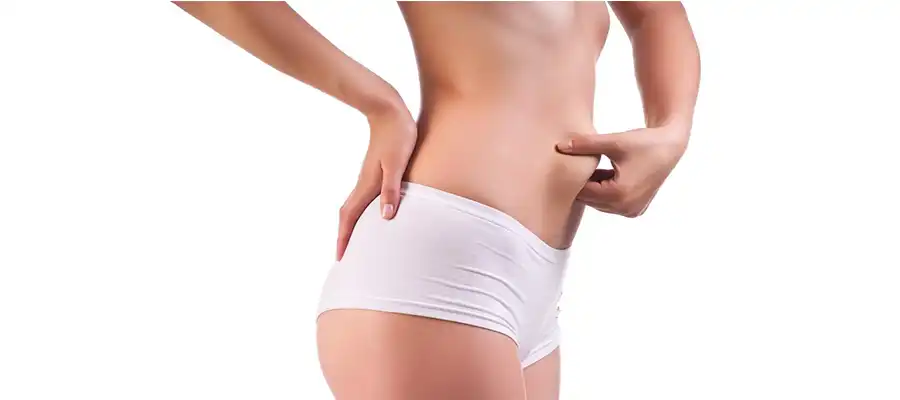Op. Dr. Barış Çın - İstanbul Estetik Cerrahi Uzmanı 2025
Burun Estetiği
Yüzünüzle uyumlu, doğal bir burun hayal değil! Burun estetiği ile hem nefes alın, hem özgüven kazanın. Güzelliğinize zarif bir dokunuş yapma zamanı! Modern teknikler ve uzman dokunuşuyla farkı hissedin. Aynaya her baktığınızda memnuniyetle gülümseyin.
Liposuction (Yağ Aldırma)
Hayalinizdeki vücut artık mümkün! Modern liposuction yöntemleriyle fazla yağlara veda edin. Şimdi formunuzu yeniden şekillendirme zamanı! Bölgesel fazlalıklar tarihe karışıyor, siz yeniden doğuyorsunuz.
Brazilian Butt Lift (BBL)
Daha dolgun, şekilli ve doğal kalçalar! Brazilian Butt Lift ile vücudunuza kıvrım katın. Yeni görünümünüzle kendinize hayran kalacaksınız! Kendi yağınızla doğal ve kalıcı sonuçlar elde edin.
Op. Dr. Barış Çin
Op. Dr. Barış Çin, Kadıköy'de bulunan kendisine ait özel kliniğinde ve Academic, Acıbadem Hastaneleri gibi çeşitli üst düzey hastaneler ile çalışan bir Plastik Cerrahtır. Mükemmellik için çabalayan bir ekip ile beraber size en üst düzeyde estetik tedavileri uygun fiyatlarla sunmak için ekip olarak 7/24 hizmetinizdedir. Hayallerinizi ertelemeyin, mutlu ve güzel olun!
15+ yıllık deneyim ile binlerce başarılı operasyon
Modern teknikler ve en son teknolojik ekipmanlar
Kişiye özel tedavi planları ve yaklaşımlar

Hizmetlerimiz
Modern teknikler ve uzman kadromuzla sizlere en iyi hizmeti sunuyoruz

Burun Estetiği
Yüzünüzle uyumlu, doğal bir burun için uzman doktorlarımızla tanışın.

Yüz Estetiği
Genç ve dinamik bir görünüm için yüz estetiği operasyonları.

Vücut Estetiği
Hayalinizdeki vücuda kavuşmak için profesyonel çözümler.
Hasta Memnuniyet Videoları
Hastalarımızın deneyimlerini ve memnuniyetlerini video olarak izleyin
Hasta Yorumları
Hastalarımızın deneyimleri ve memnuniyetleri bizim için en değerli geri bildirimdir

Ayşe K.
İstanbul
Burun estetiği operasyonum sonrası çok memnunum. Dr. Barış Çin'in profesyonel yaklaşımı ve uzmanlığı sayesinde hayalimdeki buruna kavuştum. Tüm süreç boyunca kendimi güvende hissettim.

Ceren N.
Ankara
Liposuction operasyonum sonrası vücudumdaki değişim inanılmaz. Dr. Barış Çin ve ekibine teşekkürler. Artık kendime daha çok güveniyorum.

Zeynep A.
İzmir
BBL operasyonum sonrası çok mutluyum. Dr. Barış Çin'in tecrübesi ve titiz çalışması sayesinde harika sonuçlar elde ettim. Kesinlikle tavsiye ediyorum.





